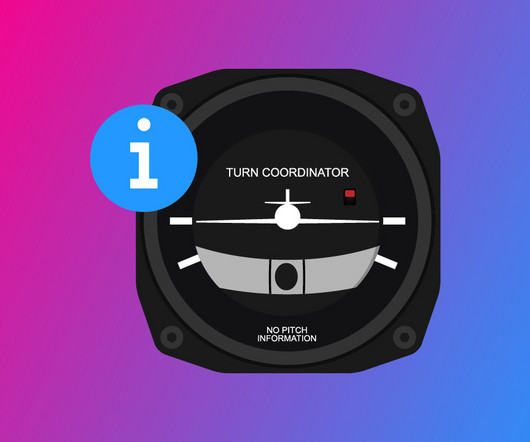Mastering the Crosswind Landing Technique: Tips for Safer Touchdowns
Pilot's Life Blog
JUNE 18, 2025
For example, if the wind is blowing directly from the side at 15 knots, the entire 15 knots acts as a crosswind. This method provides better control at touchdown because the aircraft’s longitudinal axis remains aligned with the runway. But if the wind is at an angle, only part of its speed affects the aircraft sideways.










Let's personalize your content